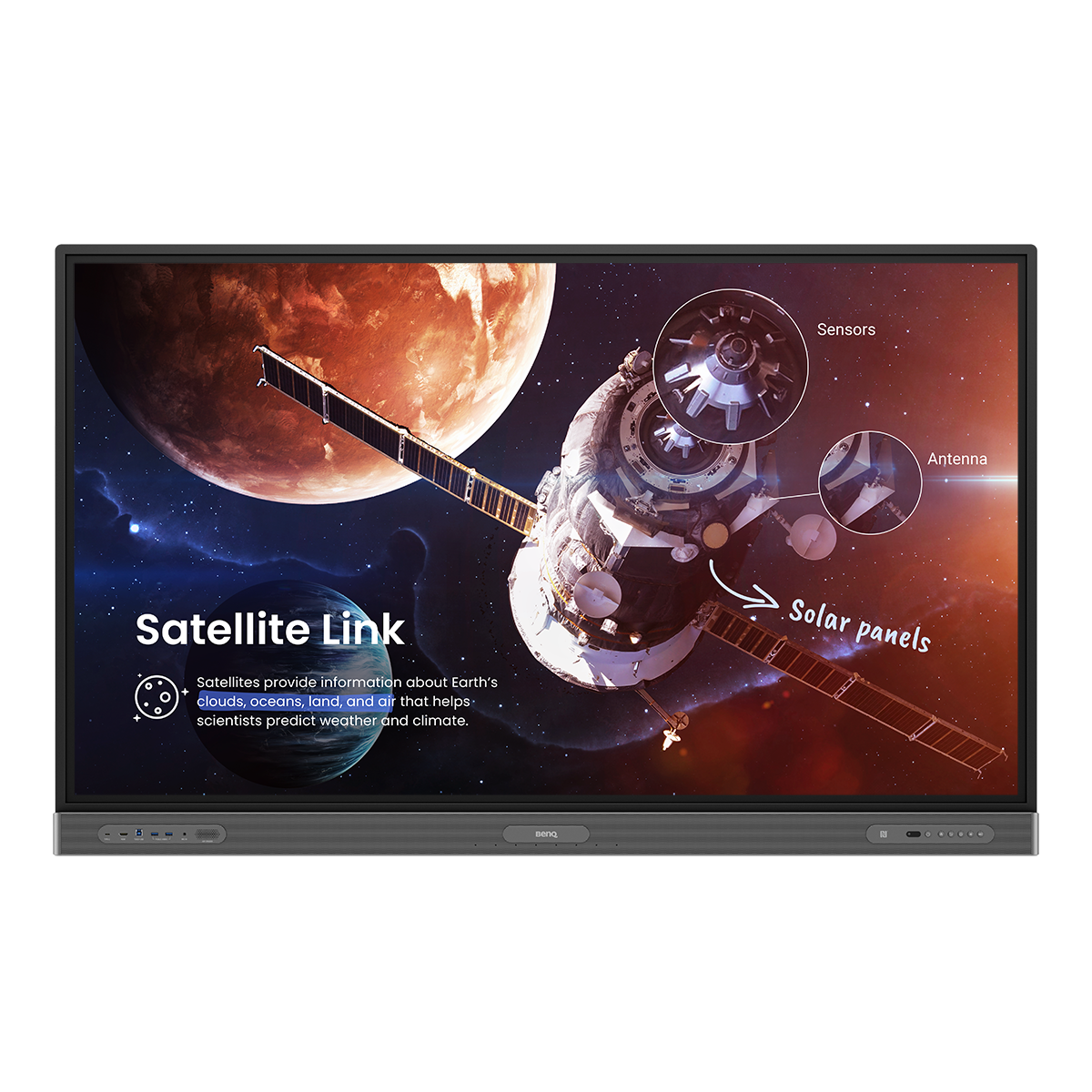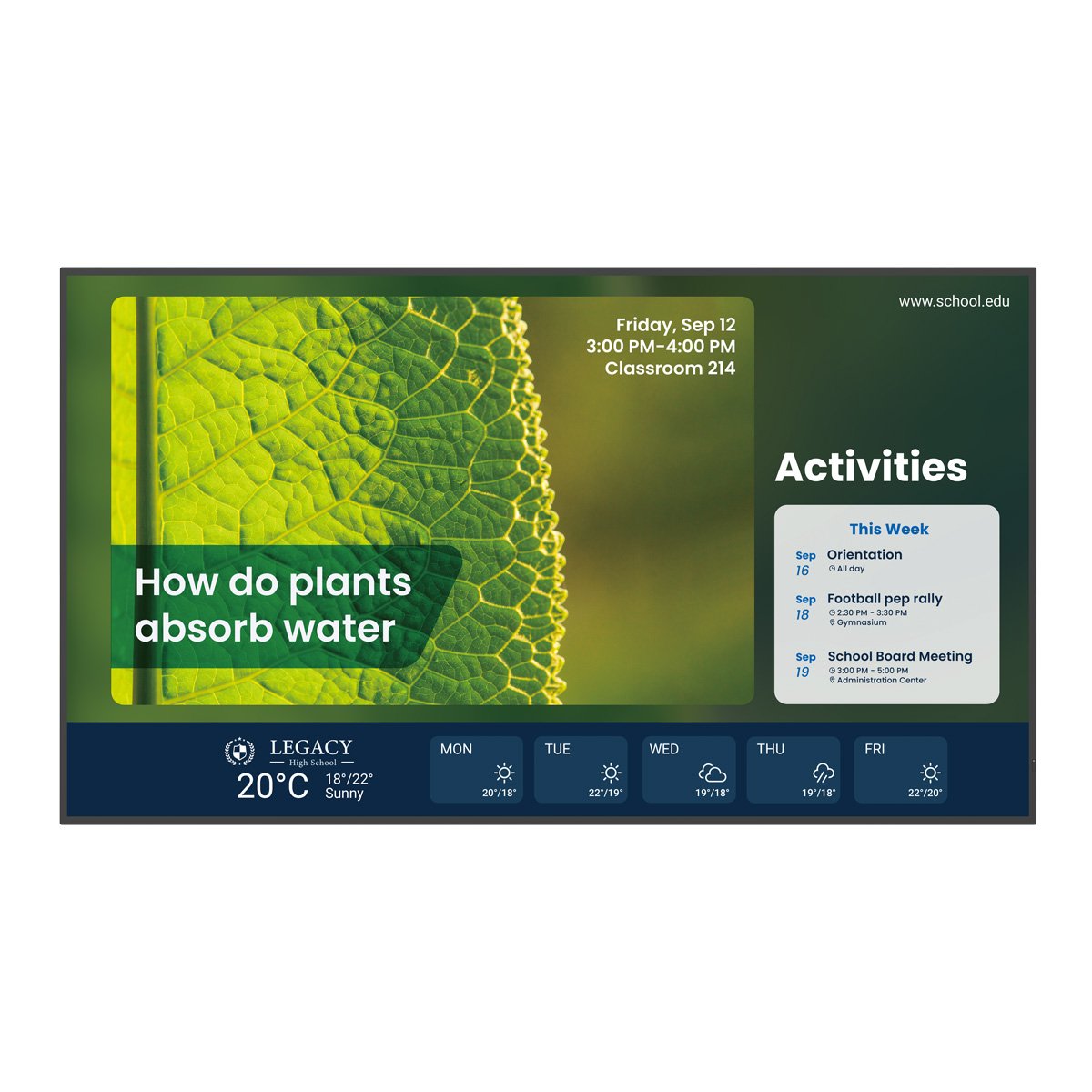About the School
The Aoba-Japan International School (A-JIS) in Tokyo is no stranger to edtech. All three of their campuses—located in Meguro (kindergarten), Hikarigaoka (kindergarten to middle school), and Bunkyo (senior high school)—are equipped with a variety of educational tools that allow them to roll out a curriculum that is consistent with the standards of the International Baccalaureate® program.
The school’s pedagogies are centered on inquiry-based learning, which encourages students to “be curious” and ask questions to gain a better understanding of concepts. Their main goal is to develop student agency, or their ability to take control of their own learning. To do this, they provide the necessary edtech tools the kids need to freely explore different areas of interest.
A-JIS gives their students access to tablets, which they can use during class. They also have labs and open workspaces that their high school students can utilize for collaborative projects. Most importantly, all their classrooms are equipped with BenQ Boards. Although these interactive displays are heavily used for middle and high school lectures, reports, and presentations, the BenQ Boards have proven to be exceptionally helpful in kindergarten classes.




The Challenge
Prior to the BenQ Boards, Aoba’s kindergarten teachers had to resort to creating physical lesson materials for lectures and activities. In her classes, teacher Hazel Lara had to prepare several visual aids in advance. “We relied on hand-made materials,” she recounts. “We used to do a lot of cutting and pasting to make visuals. And with such a big class, we needed to make them big.”
Since younger children are highly visual learners, it was important for the teachers to use images to explain ideas. For hands-on activities such as cooking lessons and science experiments, this required them to illustrate each step of the process so that the kids had something to refer to while performing the activity. According to Lara, preparing these instructional materials was time-consuming.
Many of the kindergarten learning activities are also hosted on the school’s Seesaw platform. Traditionally, the kids would do these activities through their school-issued tablets. Although this was effective for individual learning, it wasn’t as engaging for large groups of students. The staff was looking for an edtech solution that would allow the kindergarteners to perform these Seesaw-hosted activities on a large shared screen.
“It’s engaging for them. Learning, somehow, is better. They can show us their understanding of the lesson... That is a very good change.”
BenQ Solutions
Having already used BenQ smart displays as their campus signage and BenQ Boards for their middle and high school classes, it was an easy decision for A-JIS to acquire BenQ Boards for their kindergarten classrooms.
“It has its features that I think, for learning, would be very beneficial for both teachers and children,” says Lara. The interactivity offered by the boards allows them to facilitate active learning exercises that fit their curriculum. Seesaw is also available on the BenQ Store, making it easy for A-JIS staff to install and use the app directly from their BenQ Boards. With InstaShare 2, teachers can even cast their board to each of their students’ tablets so that the kids can participate from their seats.
But beyond these advantages, a feature that automatically stood out to the kindergarten faculty was the BenQ Board’s germ-resistant screen. When classes resumed after the easing of pandemic restrictions, it was important for the school to have edtech tools that also safeguarded the health of their much younger students.
“[It’s a] great feature!” says Lara, “Especially nowadays with how things are with the pandemic… It’s very comforting to know that the children can use it with us adults not having to worry about passing on germs.”




The Results
“Now that we can show pictures and videos on screen, it’s been very helpful,” says Lara. When it comes to experiments, she no longer needs to print, cut, and paste teaching materials. Lara and her colleagues can now easily download and play instructional videos for the kids and have the written steps on the board as a guide.
The teaching staff has also noted how lessons with the BenQ Board have effectively gotten the kids more proactive. Lara says that their students are now keener to exercise their agency and take the lead. She gives lectures as an example, explaining how, before, she would discuss topics in front of the class and the kids would just nod along. With the BenQ Board, they are visibly more eager to participate.
“It’s engaging for them. Learning, somehow, is better. They can show us their understanding of the lesson by writing things down. That is a very good change.”


